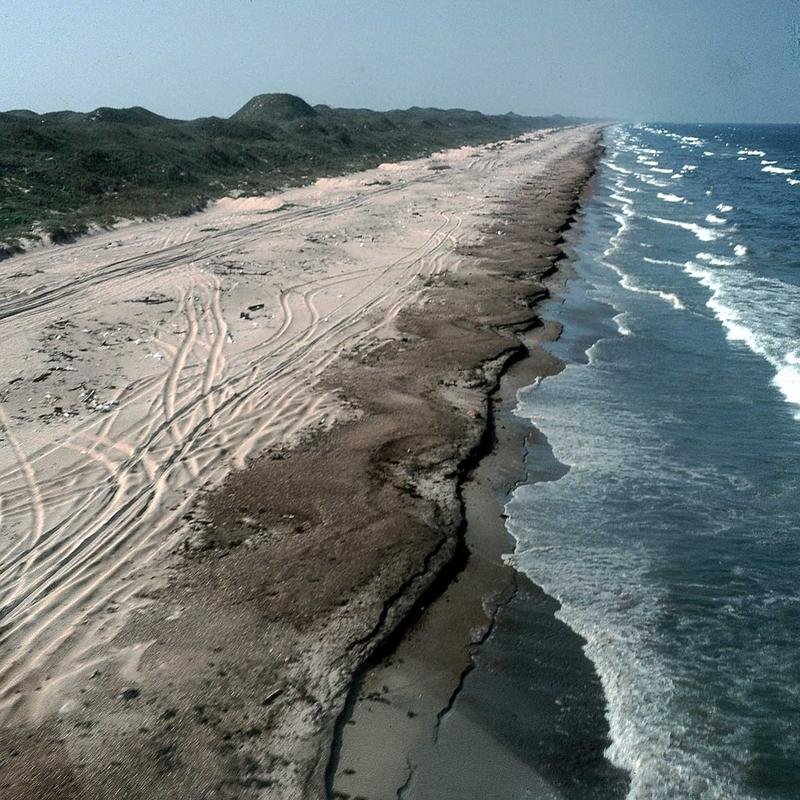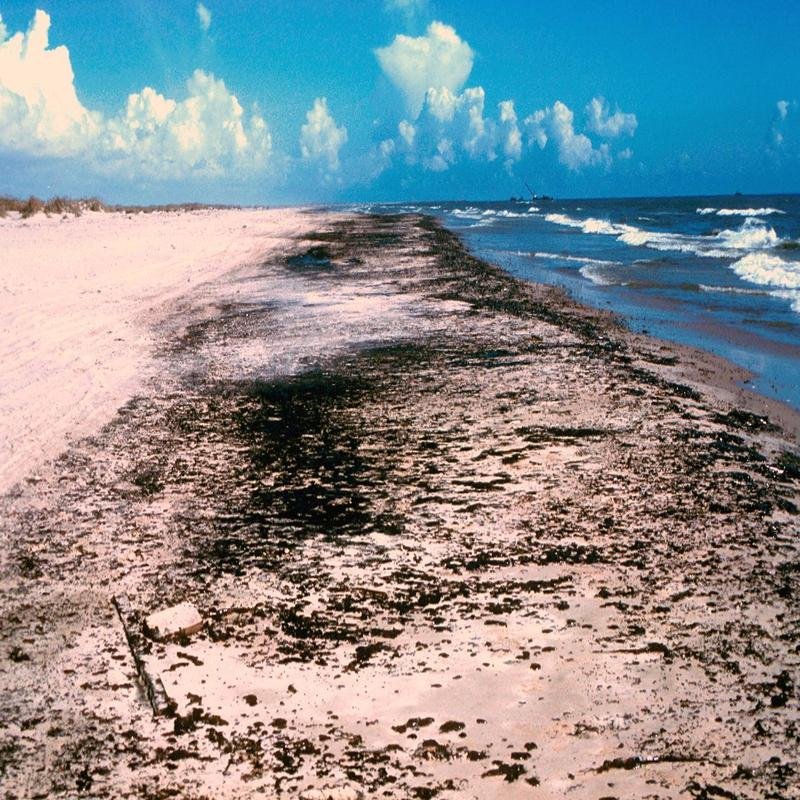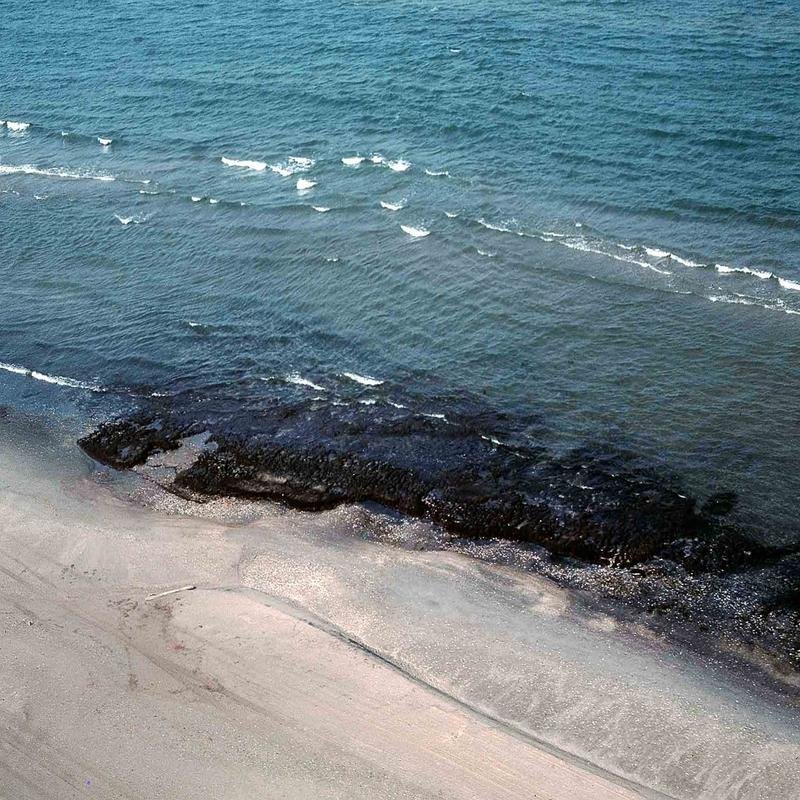The 1979 Gulf of Mexico Oil Spill: An Overlooked Environmental Disaster

Ixtoc I Oil Spill: A Forgotten Disaster
The significant, though less publicized, 1979 Gulf of Mexico oil spill prompted immediate response along the U.S. coastline. Unlike more widely known disasters, this incident originated from the Ixtoc I exploratory well, which suffered a blowout on June 3, 1979, in the Bay of Campeche. Owned by Petróleos Mexicanos (Pemex), the Mexican state-owned oil company, the Ixtoc I well released an estimated 3.5 million barrels of crude oil.
The Ixtoc I Blowout
The Ixtoc I blowout was a catastrophic event, releasing vast quantities of crude oil into the Gulf of Mexico. The environmental consequences were severe and long-lasting, impacting marine life and coastal ecosystems.
Environmental Impact
The spill’s impact extended far beyond the immediate vicinity. The oil spread across a wide area, affecting the delicate balance of the Gulf’s ecosystem. The long-term effects on marine life and the coastal environment are still being studied today.
A Neglected Catastrophe
Despite its scale, the Ixtoc I oil spill remains relatively unknown compared to other major oil spills. This lack of public awareness highlights the need for greater understanding of past environmental disasters and their lasting impacts.


Conclusion
The Ixtoc I oil spill serves as a stark reminder of the potential consequences of offshore oil drilling and the importance of robust safety measures. Understanding this often-overlooked disaster is crucial for preventing future environmental catastrophes.




